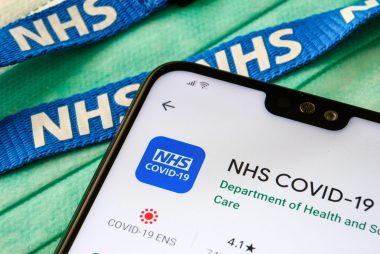Data Privacy Acts from around the world
Since the introduction of GDPR, there has been a broadening and legislated clarification of data privacy and protection measures across the globe. If you store or manage customer data in your systems you should be familiar with the expectations around how and what you handle.
General Data Protection Regulation (GDPR)
The GDPR is a comprehensive data protection regulation in the European Union (EU) that sets strict standards for the collection, processing, and protection of personal data of EU residents. It applies to businesses operating within the EU and those outside the EU that process the data of EU residents.
California Consumer Privacy Act (CCPA)
The CCPA is a privacy law in California, USA, that grants consumers certain rights over their personal information. It requires businesses that collect and process the personal data of California residents to provide transparency, control, and security for that data.
Personal Information Protection and Electronic Documents Act (PIPEDA)
PIPEDA is Canada’s federal privacy law that governs how private sector organizations handle personal information. It applies to the collection, use, and disclosure of personal data in commercial activities.
Health Insurance Portability and Accountability Act (HIPAA)
HIPAA is a US federal law that focuses on the privacy and security of medical information. It mandates safeguards to protect patients’ medical records and other health-related information.
Personal Data Protection Act (PDPA)
Singapore’s PDPA regulates the collection, use, and disclosure of personal data by organizations. It aims to balance individuals’ right to privacy with the need for organizations to collect and use data for legitimate purposes.
Privacy Act of 1974 (USA)
This US federal law governs the collection, use, and disclosure of personal information by federal agencies. It provides individuals with certain rights regarding access to and correction of their records.
Australian Privacy Principles (APPs)
The APPs are a set of privacy principles under the Privacy Act 1988 in Australia. They regulate the handling of personal information by Australian government agencies and businesses.
Personal Information Protection Law (PIPL)
China’s PIPL is a comprehensive privacy law that focuses on the protection of personal data. It includes provisions for data processing, cross-border transfers, and individual rights.
Data Protection Act 2018 (DPA 2018)
The UK’s DPA 2018 supplements the GDPR and provides specific provisions for how data protection is implemented in the UK after its departure from the EU.
Kenya Data Protection Act (2019)
Kenya’s data protection law governs the processing of personal data in Kenya. It outlines data protection principles, individual rights, and obligations for data controllers and processors.
Personal Data Protection Law (PDPL)
The PDPL is South Korea’s data protection law that aims to protect personal data while enabling its effective use. It regulates data processing by both private and public entities.
Brazilian General Data Protection Law (LGPD)
LGPD is Brazil’s comprehensive data protection law that governs the processing of personal data. It provides guidelines for collecting, using, and transferring data while respecting individuals’ rights.
Find out how Pretectum CMDM can be of assistance in ensuring you keep your consumer data compliant.










